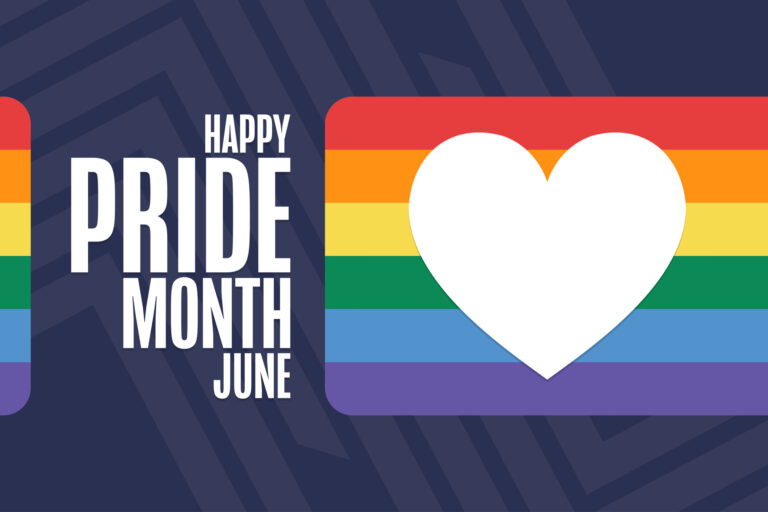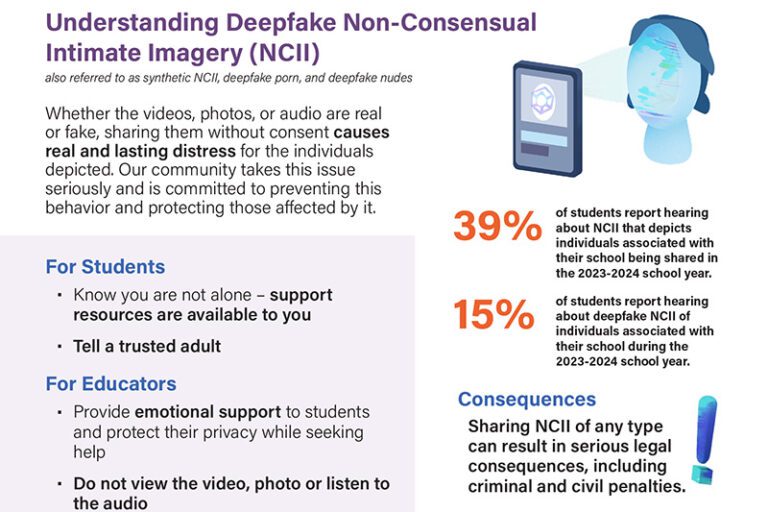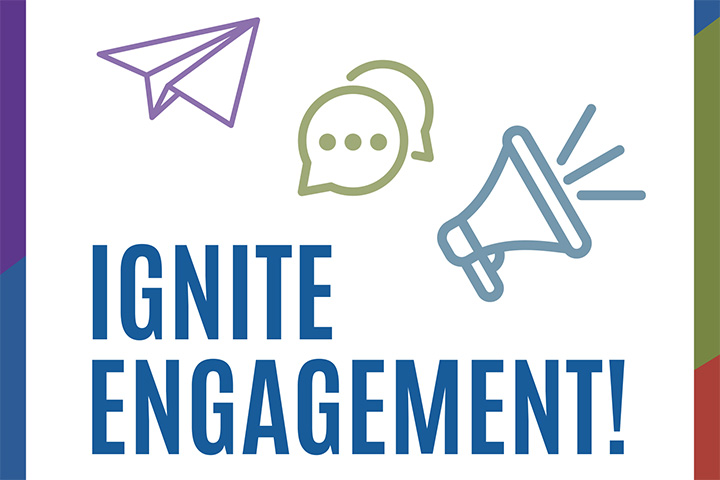Internalized oppression, or implicit bias, is the shadowy, partly-unconscious process of an oppressed group coming to believe that the prejudices and stereotypes about them are true. These individuals end up putting this bias back out into the world by means of their speech, their treatment of other people, their lowered self-confidence, and the way they raise their children. Implicit bias is common partly because the human brain seeks to assimilate to the dominant culture while also categorizing, validating, and rationalizing its own experiences.
Without realizing it, you might be assuming that male coworkers are more objective, strong-willed, decisive, practical, and assertive than women. Too often, when women display these same characteristics, they are viewed as angry or bossy by their female colleagues. And when colleagues disagree or are upset with female employees or administrators, they tend to bring gender into their critique of the person, unconsciously punishing women for not being warm, accommodating, or unobtrusive.
This type of bias can begin even before you meet a person. In a controlled study, groups of employers, when shown the exact same resume with only the gender of the applicant changed, rated the male applicant as more capable and even offered him a higher starting salary. Similarly,
A 2005 study by Heilman and collaborator Michelle Haynes asked test participants to read a description of investment portfolio work (read: traditionally male) performed by a male-female team. In the absence of information about individual contributions to the work, participants rated the women as having been less influential and playing a more minor role. – FastCompany
Women at the top do not face any less prejudice. The plethora of advice articles from reputable sources with titles like “How to work for a female boss,” “How to treat a female boss,” and “Why your boss has queen bee syndrome,” only reinforce the perception that women in charge tend to be domineering, angry, cutthroat, and/or unwilling to help other women. Are there bad female bosses in the world? Of course. But it becomes a problem when dozens of articles take the “bad female boss” stand, overtly implying that gender makes someone bad at their job. Meanwhile, you will be hard-pressed to find even a few articles on why “men make bad bosses.”
Ways to better understand and expel implicit bias in the workplace:
- Challenge yourself to think critically in the workplace – are you judging others fairly? Reverse the roles. Would you critique or appreciate their traits in the same ways if they were of another gender, or nonbinary? Take implicit bias tests online to get started on thinking through these complex forms of judgement.
- Advocate for yourself as a woman. If you do a great job, make it known. One great tactic is having a female co-worker who can highlight and point out your accomplishments while you do the same for her. Behavioral scientist Shannon L. Goodson told Reuters:
Being able to draw attention to your contributions and competencies at work has become an important part of modern career management, and it is something most women are still unwilling or unable to do as consistently as their male counterparts… they [tend to] believe that hard work alone is sufficient to put them on salary and status on par with their male counterparts.
- Advocate beyond yourself. Be willing to educate yourself and be a true ally to this issue. This is especially relevant if you have not read much about workplace bias, which varies in the way that it affects women of color, disabled women, trans women, female immigrants, and others. Intersectionality means that a combination of marginalized characteristics can compound the bias or lack of respect a person encounters.
- Invite women or gender non-binary people to speak about their own experiences facing implicit bias, and try to expand the speaker demographic past white women. Learning from others and getting the definitions and nuances of feminist issues out into the open for staff can lead to a healthier workplace culture.
- Lay the groundwork for the next generation. Teach children that girls are not “bossy” if they speak up, that young girls can be just as capable, competitive, and strong as boys. Try not to reinforce traditional gender stereotypes that pressure children into accepting lifelong roles that do not necessarily fit with who they are or who they will become.
- Expose moments of implicit bias. This can be done gently with a thoughtful conversation over a cup of coffee, or, more in the moment, by asking someone to repeat something awkward, sexist, or otherwise problematic that they just said. Often, this causes the speaker to pause and consider the validity of their words. In other cases, a man might repeat and rephrase exactly what you, or another woman, just said – point out that you or she just said it. Another common and odd occurrence is men “proving” that they understand the terrible implications of sexual harassment or other issues because they define themselves as a “brother” or “father.” This implies that if a man has no ties to women whom he loves, that he would see female strangers on the street as undeserving of equality and human rights.
- Provide and participate in regular personal and professional development training in areas that will educate staff on the importance of confronting bias and bringing more women into positions of power.
As education leaders, we must strive to be at the forefront of fixing harmful societal issues and modeling positive, equitable values for students, beginning by examining our own potential biases.


































